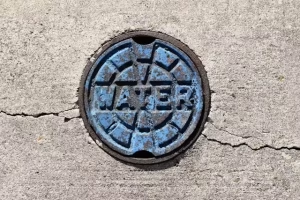There’s a distinct feeling of dread that settles in when one project’s completion is coming soon and the next project’s start is uncertain. This feeling, a common undercurrent in the home building trade, is the natural consequence of an customer acquisition model built more on happenstance than on architecture. Relying on a strong reputation and sporadic referrals can sustain a business, but it cannot power predictable growth.
Analysis of the market, as it stands this Saturday morning in August of 2025, reveals a clear divergence: the most consistently profitable home builders are those who have engineered a deliberate, integrated system of digital and traditional acquisition funnels. That is they were their next customer will be. They have traded uncertainty for a predictable pipeline.
What follows is the blueprint for a customer acquisition system. We will move beyond theory to dissect the essential, actionable components required for success. We will examine the high-intent digital channels that capture active buyers, the foundational brand-building strategies that nurture future clients, the irreplaceable value of strategic partnerships, and finally, how to apply emerging technology as a powerful multiplier for your efforts. This is a comprehensive guide to architecting a reliable and systematic client acquisition engine.
The Unshakeable Foundation: Your Digital Curb Appeal

Before a single dollar is allocated to advertising or lead generation, a critical audit of your primary digital asset—your website—is required. Attempting to drive traffic to a substandard website is the digital equivalent of hosting an open house in a home with a leaking roof; any interest you generate will quickly dissipate upon inspection. Your website is your digital model home, and it must be engineered for performance and trust.
- High-Performance Website: In 2025, user experience (UX) is paramount. A prospective client’s initial interaction with your brand is overwhelmingly digital. This experience must be seamless. This requires a mobile-first design, as a significant portion of initial research is conducted on smartphones. Page load speed is not a trivial technical detail; it is a primary factor in user retention and search engine ranking. Navigation must be intuitive, allowing visitors to effortlessly find project galleries, floor plans, and clear calls-to-action (CTAs) like “Schedule a Consultation.”
- Building Trust Signals: A high-value purchase, such as a new home, is a decision rooted in trust. Your website must communicate credibility instantly. This is achieved by prominently displaying objective, third-party validation: licenses, insurance credentials, and affiliations with respected bodies like the National Association of Home Builders (NAHB) or your local Better Business Bureau (BBB). This must be coupled with subjective proof in the form of client testimonials, detailed case studies, and professionally produced video interviews with satisfied homeowners.
- Conversion-Optimized Landing Pages: A “one-size-fits-all” approach to your website is inefficient. A sophisticated strategy involves creating specific, targeted landing pages for distinct services or marketing campaigns. A Google Ad campaign for “custom homes in [affluent suburb]” should direct users to a page dedicated exclusively to that service and location, featuring relevant imagery and testimonials, not your generic homepage. This alignment of ad-message to page-content dramatically increases conversion rates.
Targeting High-Intent Buyers: Digital Acquisition Channels

With a solid foundation in place, capital can be deployed to channels designed to capture active, high-intent demand. These are individuals already in the market, actively searching for a solution you provide.
- (A) Hyper-Local SEO (Search Engine Optimization): Winning Your Service AreaFor a home builder, business is inherently local. SEO is the discipline of ensuring your business appears when a potential client in your geographic area searches for your services. It is the most valuable long-term digital asset you can build.
- Google Business Profile (GBP) Optimization: Your GBP listing is your digital storefront on Google Search and Maps. It is often the first interaction a prospect has with your brand. A complete optimization—including high-resolution photography of completed projects, a full list of services, consistent weekly posts, and diligent responses to all reviews and questions—is non-negotiable for local visibility.
- On-Page SEO: This involves structuring your website to clearly signal your relevance to search engines. It means creating dedicated pages for each core service in each primary location (e.g., a page for “New Construction in Titusville” and another for “Custom Homes in Oil City”). This precision allows you to capture highly specific search queries.
- Schema Markup: This is a more technical element that provides a significant competitive advantage. It is structured data embedded in your site’s code that translates your content into a language search engines can understand with absolute clarity. Implementing ‘HomeBuilder’ schema can help Google generate rich results for your business, improving visibility and click-through rates.
- (B) PPC (Pay-Per-Click) Advertising: Immediate VisibilityWhile SEO builds long-term authority, PPC advertising on platforms like Google Ads offers immediate, controlled visibility. You are purchasing placement at the top of search results for your most valuable keywords.
- Keyword Targeting: The strategy here is precision. You bid on keywords that signal commercial intent, such as “[city] home builder,” “build on your lot company,” or even competitor brand names. Just as important is the use of negative keywords (e.g., “jobs,” “school,” “resumes”) to prevent your ads from showing to irrelevant searchers.
- Geo-Targeting: PPC’s power lies in its targeting. You can restrict your ad visibility to specific affluent zip codes, new development areas, or a tight radius around your office. This ensures your budget is spent reaching qualified prospects within your service area, eliminating financial waste.
- Ad Extensions: These tools increase the size and information density of your ad in search results. Using call extensions, location extensions, and image extensions provides more information to the user upfront and has been proven to increase click-through rates, delivering more traffic for your investment.
Building Your Brand & Nurturing Leads: Content and Social Channels

Not all potential clients are ready to build today. A significant portion are in the early research and dream phase. These channels are designed to engage them early, build trust over time, and position your company as the inevitable choice when they are ready to act.
- (A) Content Marketing: Answering Your Customer’s QuestionsThe goal is to become the definitive educational resource for anyone considering building a home in your region. By creating content that answers their most pressing questions, you build authority and trust. This directly addresses the common queries prospects type into Google. A strategic content plan should include in-depth articles on:
- The complete step-by-step home building process in your state.
- A transparent analysis of the factors that influence the cost to build.
- Guides on selecting land, understanding zoning, and securing financing.
- Comparisons of materials and design styles.
- (B) Strategic Social Media PresenceThe question is not if social media is effective for builders, but how it is effectively utilized. Each platform has a distinct role in the client’s journey.
- Instagram & Pinterest: These are visual inspiration engines. They are ideal for showcasing the dream: high-quality photography of finished interiors, stunning architectural details, and video reels documenting the transformation of a project. This is where you sell the aesthetic and the vision.
- Facebook: This platform excels at community building and hyper-targeted advertising. You can share client stories, promote open house events, and run ad campaigns targeted to specific demographics, income levels, or life events.
- Houzz & Zillow: Presence on these industry-specific platforms is mandatory. They function as a portfolio and a source of social proof. Actively soliciting reviews from past clients on these sites is critical, as many prospects will use them for third-party validation.
The Power of Partnerships: Traditional & Referral Channels

Digital channels are powerful, but they should not supplant the high-value leads generated through a robust professional network. A referral from a trusted advisor is often the warmest and most qualified lead you can receive.
- Realtor Partnership Programs: Top-performing realtors, especially those specializing in new construction or land acquisition, are a primary source of qualified leads. Establishing a formal, mutually beneficial program with clear referral fees or commissions incentivizes them to bring opportunities to you first.
- Architect & Designer Networks: For custom builders, architects and interior designers are often the very first point of contact for a client. Building strong, symbiotic relationships with these professionals ensures you are on the shortlist for their most important projects.
- Lender & Broker Relationships: Aligning with mortgage brokers who specialize in construction loans creates another powerful referral stream. They can pre-qualify leads, and you can provide them with a reliable building partner for their clients.
- High-Impact Job Site Marketing: Never underestimate the power of a well-branded job site. Professional, clean signage acts as a 24/7 billboard in the exact neighborhoods you want to work in. It is a silent, powerful testament to your active presence and quality of work.
The Technology Multiplier: Integrating AI and Automation
Technology is the thread that ties these channels together, amplifying their effectiveness and providing critical data for decision-making. As an expert in AI, I can attest that its practical applications in construction marketing are no longer futuristic; they are a present-day competitive advantage.
- AI-Powered Renderings: The ability to generate photorealistic architectural visualizations before breaking ground is a paradigm shift. AI tools can create stunning marketing assets at a fraction of the cost and time of traditional methods, allowing you to market a property or pre-sell a design concept with compelling clarity.
- CRM (Customer Relationship Management): A CRM is the central nervous system of your acquisition strategy. A system like BuilderTrend, CoConstruct, or even a customized HubSpot is essential for tracking every lead from its source. It allows you to automate follow-ups, nurture long-term prospects, and most importantly, analyze which channels are providing the highest return on investment (ROI). It transforms marketing from a cost center into a data-driven profit center.
- Predictive Analytics: On a more advanced level, data can be used to forecast market trends. By analyzing population shifts, zoning changes, infrastructure investments, and school district ratings, you can make more intelligent decisions about where to acquire land and focus your marketing budget for the coming years.
Conclusion: Architecting Your Acquisition Strategy
There is no single “best” acquisition channel. The objective is to build a resilient, multi-channel acquisition machine where each component supports the others. A PPC ad might generate an initial lead, who then follows you on Instagram for six months, reads three of your blog posts, and finally converts after being referred by their realtor who knows and trusts your firm. It is a system.
The most logical starting point is to conduct a thorough audit of your digital foundation—your website and trust signals. From there, layer in one high-intent channel like Local SEO or Google Ads, and one brand-building channel like content marketing. Measure everything with a CRM. Your business growth should not be left to chance. It should be engineered with the same intention, precision, and structural integrity as the homes you deliver.






